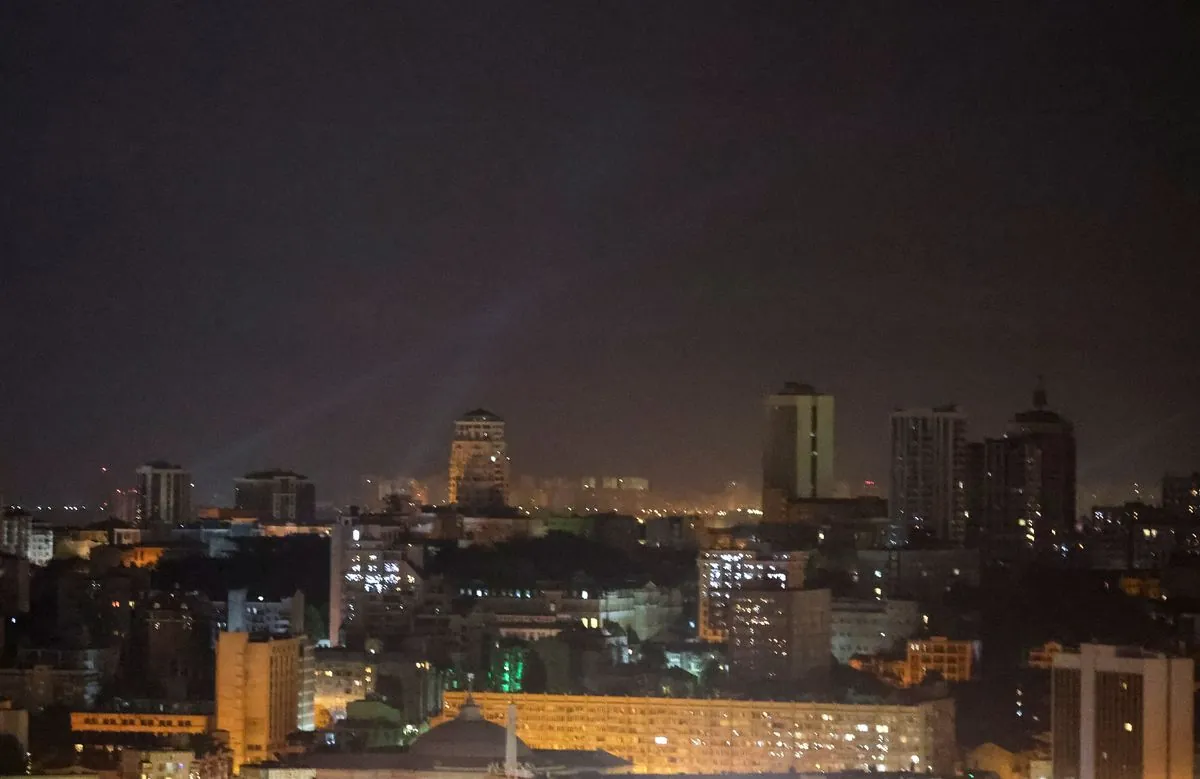Massive Ukrainian Drone Strike Hits Multiple Russian Regions, Including Moscow
Over 140 Ukrainian drones targeted Russian territories, causing one fatality and airport closures. The attack, one of the largest in the ongoing conflict, highlights Ukraine's growing drone capabilities amidst the war.

In a significant escalation of the ongoing conflict, Ukrainian forces launched a large-scale drone attack on multiple Russian regions, including the capital Moscow. The operation, which occurred overnight, resulted in one fatality and prompted the temporary closure of three major airports near Moscow.
According to Russian officials, over 140 Ukrainian drones were involved in the assault, making it one of the most extensive drone operations on Russian soil since the conflict began approximately 2.5 years ago. This attack underscores the growing importance of unmanned aerial vehicles in modern warfare, a trend that has been developing for over a century. Notably, the first combat use of drones dates back to World War I, highlighting the long history of this technology in military applications.
The incident led to the death of one woman and injuries to three others in Ramenskoye, a town near Moscow, where drones struck residential buildings. The attack's impact extended beyond immediate casualties, causing significant disruption to civilian life. Authorities were forced to evacuate five residential buildings due to falling drone debris, while the temporary closure of Vnukovo, Domodedovo, and Zhukovsky airports resulted in the diversion of 48 flights.
This recent assault follows a similar large-scale operation on September 1, 2024, when Russian military claimed to have intercepted 158 Ukrainian drones across multiple regions. The frequency and scale of these attacks demonstrate Ukraine's increasing capabilities in drone warfare. It's worth noting that the global military drone market is expected to reach $26 billion by 2025, reflecting the growing significance of this technology in modern conflicts.
Ukraine's focus on developing domestic drone production has yielded impressive results. The country has made significant strides in extending drone range, payload capacity, and versatility. These advancements align with global trends in drone technology, where some models can now reach altitudes of up to 60,000 feet and stay airborne for over 24 hours.

While Ukraine continues to enhance its drone capabilities, the country faces challenges in receiving promised Western military aid. President Volodymyr Zelenskyy has urged defense companies to increase their output to meet Ukraine's needs on the battlefield. This situation highlights the complex dynamics of international support in the ongoing conflict.
On the ground, Ukrainian troops are engaged in intense combat along the 1,000-kilometer front line, particularly in the Donetsk region of eastern Ukraine. The conflict has taken a severe toll on civilian populations, with the United Nations reporting over 10,000 civilian deaths due to Russian attacks using missiles, glide bombs, and drones.
As the war continues, both sides are increasingly relying on advanced technologies like drones. The development of anti-drone systems using lasers or electromagnetic pulses by some countries reflects the evolving nature of this technological arms race. Additionally, the emergence of drone swarm technology, allowing multiple drones to work together autonomously, points to potential future developments in this field.
The recent drone attack on Russian soil, while a significant military operation, also raises important questions about the ethical implications of drone warfare. As autonomous drones become more prevalent, experts continue to debate the moral and legal aspects of their use in conflict zones.
"We intercepted and destroyed 144 Ukrainian drones over nine Russian regions, including those on the border with Ukraine and those deeper inside Russia."
This statement from the Russian Defense Ministry highlights the scale of the recent attack and the challenges faced in defending against such widespread drone operations. As both sides continue to develop and deploy advanced drone technologies, the nature of warfare in this conflict continues to evolve, with far-reaching implications for military strategy and civilian safety.


































